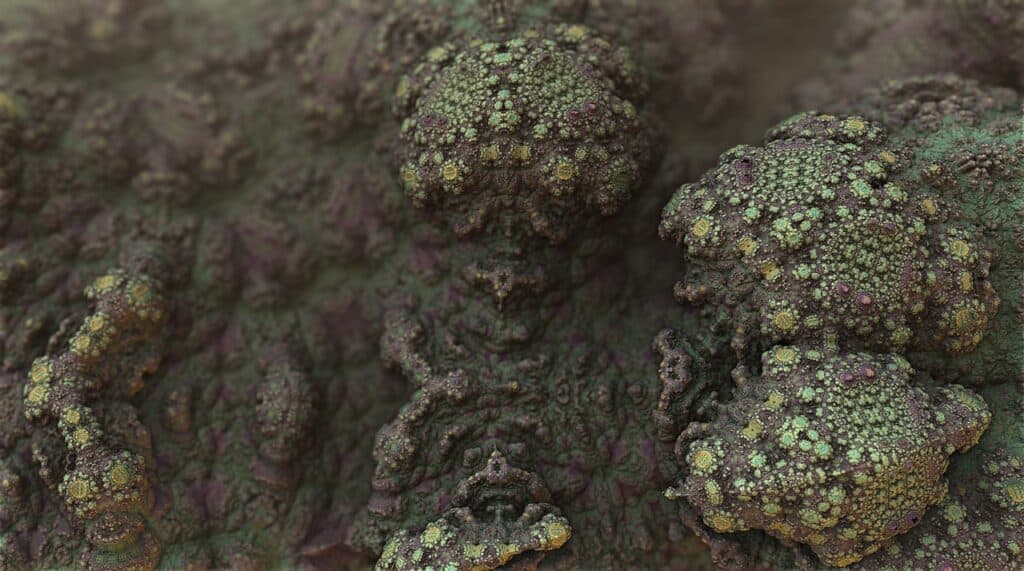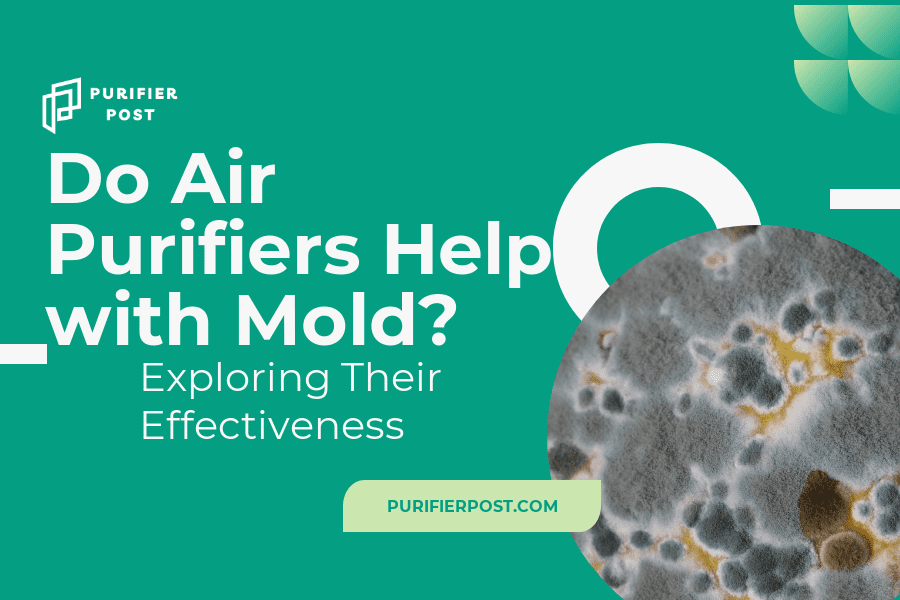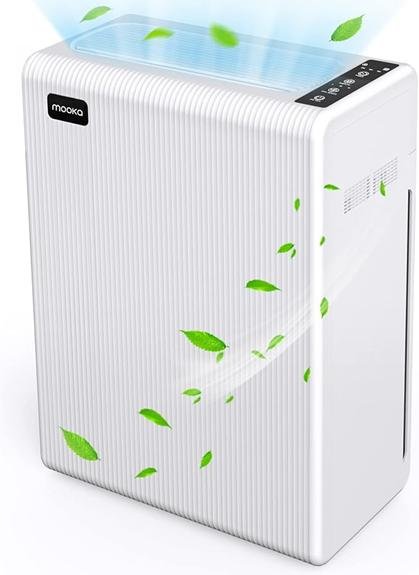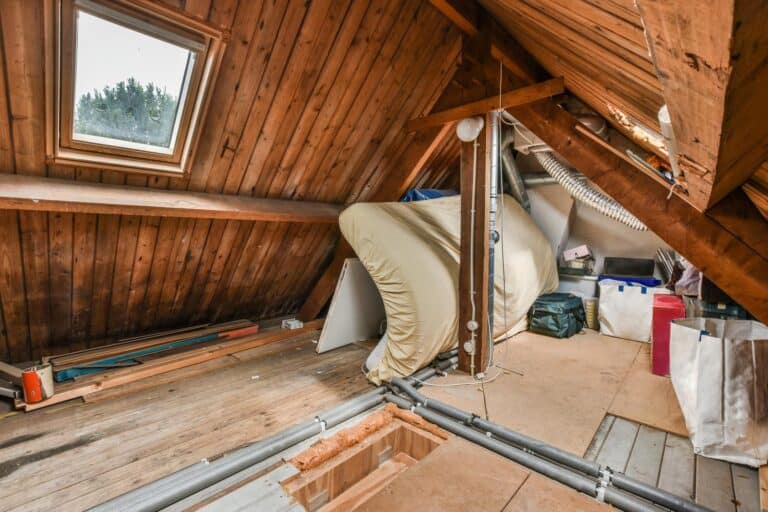Do Air Purifiers Help with Mold? Exploring Their Effectiveness
Air purifiers have become increasingly popular in recent years as people look for ways to improve the air quality in their homes. One of the main reasons people invest in air purifiers is to combat mold. Mold is a common problem in many homes, especially in areas with high humidity levels. It can cause a range of health problems, including respiratory issues, allergies, and skin irritation.
So, do air purifiers help with mold? The answer is yes, but it depends on the type of air purifier you choose and how you use it. Some air purifiers are specifically designed to target mold spores, while others are more general-purpose and can capture a range of airborne contaminants.
In this article, we’ll take a closer look at the relationship between air purifiers and mold. We’ll explore the different types of air purifiers available and how they work, as well as some tips for using air purifiers to combat mold in your home. By the end of this article, you’ll have a better understanding of whether an air purifier is the right choice for you if you’re dealing with a mold problem.
What is Mold?
Mold is a type of fungus that grows in warm, damp, and humid environments. It thrives in areas with poor ventilation, and it can grow on a variety of surfaces, including walls, ceilings, floors, and even furniture.
Mold reproduces by releasing spores into the air, which can cause a variety of health problems when inhaled. Some of the most common symptoms of mold exposure include coughing, sneezing, wheezing, and difficulty breathing. In severe cases, exposure to mold can even lead to chronic respiratory problems.
There are many different types of mold, and some are more dangerous than others. For example, black mold is known to produce mycotoxins, which can cause serious health problems when inhaled or ingested.

How Do Air Purifiers Work?
Air purifiers work by removing harmful particles from the air, such as mold spores, pollen, and dust. There are several types of air purifiers, but most use filters to trap particles as they pass through the device. The type of filter used can vary, but some common types include:
- HEPA filters – These are high-efficiency filters that can trap particles as small as 0.3 microns.
- Activated carbon filters – These filters use activated carbon to absorb odors and chemicals from the air.
- UV-C light filters – These filters use ultraviolet light to kill bacteria and viruses in the air.
Some air purifiers use a combination of filters to provide comprehensive air cleaning. Once the air passes through the filter(s), it is released back into the room, providing cleaner air for you to breathe.
It’s important to note that air purifiers are not a cure-all for mold problems. While they can help remove mold spores from the air, they do not address the root cause of the mold growth. It’s still important to identify and address any moisture issues in your home to prevent mold growth from occurring in the first place.
Can Air Purifiers Help with Mold?
HEPA Filters
High-Efficiency Particulate Air (HEPA) filters can be effective in removing mold spores from the air. These filters are designed to trap particles as small as 0.3 microns, which includes most mold spores. However, it’s important to note that HEPA filters do not kill mold, they only capture it.
When choosing an air purifier with a HEPA filter, it’s important to check the Clean Air Delivery Rate (CADR) to ensure that it can effectively filter the size of the room it will be used in. Additionally, it’s recommended to regularly replace the HEPA filter to maintain its effectiveness.
UV-C Light
UV-C light can be effective in killing mold spores, but it’s important to note that it may not be as effective in removing mold from surfaces. UV-C light works by damaging the DNA of mold spores, which prevents them from reproducing.
When considering an air purifier with UV-C light, it’s important to ensure that the light is strong enough to effectively kill mold spores. Additionally, it’s recommended to use an air purifier with UV-C light in conjunction with other mold prevention measures, such as reducing humidity levels and fixing any water leaks.

Activated Carbon Filters
Activated carbon filters can be effective in removing mold odors from the air. These filters work by absorbing odors and chemicals from the air, which can help to improve indoor air quality.
When choosing an air purifier with an activated carbon filter, it’s important to ensure that the filter is designed to remove mold odors specifically. Additionally, it’s recommended to use an air purifier with activated carbon filters in conjunction with other mold prevention measures, such as reducing humidity levels and fixing any water leaks.
Types of Air Purifiers for Mold
Portable Air Purifiers
Portable air purifiers are designed to clean the air in a single room. They are a great option for those who want to target specific areas of their home where mold is present. These air purifiers use HEPA filters to trap mold spores and prevent them from circulating in the air. Some portable air purifiers also use UV-C light to kill mold and other bacteria.
When choosing a portable air purifier, it’s important to consider the size of the room you want to clean. Make sure to choose a purifier that is designed for the square footage of the room. Additionally, consider the noise level of the purifier, especially if you plan to use it in a bedroom or other quiet space.
Whole-House Air Purifiers
Whole-house air purifiers are installed in the HVAC system and clean the air throughout the entire home. These purifiers use a combination of filters and UV-C light to remove mold spores and other pollutants from the air.
Whole-house air purifiers are a great option for those who want to ensure that the air in their entire home is clean and healthy. They are especially beneficial for those who suffer from allergies or respiratory issues.
When choosing a whole-house air purifier, consider the size of your home and the type of HVAC system you have. Make sure to choose a purifier that is compatible with your system and designed for the square footage of your home.
Factors to Consider When Choosing an Air Purifier for Mold
Room Size
One of the most important factors to consider when choosing an air purifier for mold is the size of the room in which it will be used. Air purifiers are designed to clean the air in a specific square footage, so it’s important to choose one that is appropriate for the size of your room. If the air purifier is too small for the room, it may not be able to effectively remove mold spores from the air. On the other hand, if the air purifier is too large for the room, it may be unnecessarily expensive and may produce more noise than necessary.
CADR Rating
CADR stands for Clean Air Delivery Rate, which is a measure of an air purifier’s effectiveness in removing pollutants from the air. When choosing an air purifier for mold, look for one with a high CADR rating for mold spores. A higher CADR rating means that the air purifier is more effective at removing mold spores from the air.
Filter Replacement Cost
Another important factor to consider when choosing an air purifier for mold is the cost of filter replacements. Most air purifiers require filter replacements every 6-12 months, depending on usage. The cost of these replacements can vary greatly between models, so it’s important to factor this into your decision. Look for an air purifier with a filter replacement cost that fits within your budget.
Noise Level
The noise level of an air purifier is another important factor to consider, especially if you plan to use it in a bedroom or other quiet space. Look for an air purifier with a noise level that is comfortable for you. Some air purifiers have a “silent” or “sleep” mode that reduces noise levels during use.
Overall, when choosing an air purifier for mold, it’s important to consider the room size, CADR rating, filter replacement cost, and noise level. By taking these factors into account, you can choose an air purifier that effectively removes mold spores from the air while fitting within your budget and noise preferences.
Conclusion
Based on the research and information presented in this article, it is clear that air purifiers can be effective in reducing mold spores in the air. However, it is important to note that air purifiers should not be the only solution when dealing with mold in your home or office.
While air purifiers can help to reduce the number of mold spores in the air, they do not address the root cause of the problem. It is important to identify and address the source of the mold growth, such as excess moisture or a leaky pipe, in order to prevent the mold from returning.
If you are considering purchasing an air purifier to help with mold, it is important to choose a model that is specifically designed for this purpose. Look for an air purifier that uses a HEPA filter and has been tested and certified to effectively remove mold spores from the air.
Overall, while air purifiers can be a helpful tool in reducing mold spores in the air, they should be used in combination with other methods to address the root cause of the mold growth. By taking a comprehensive approach to mold remediation, you can effectively eliminate mold from your home or office and create a healthier living environment.






